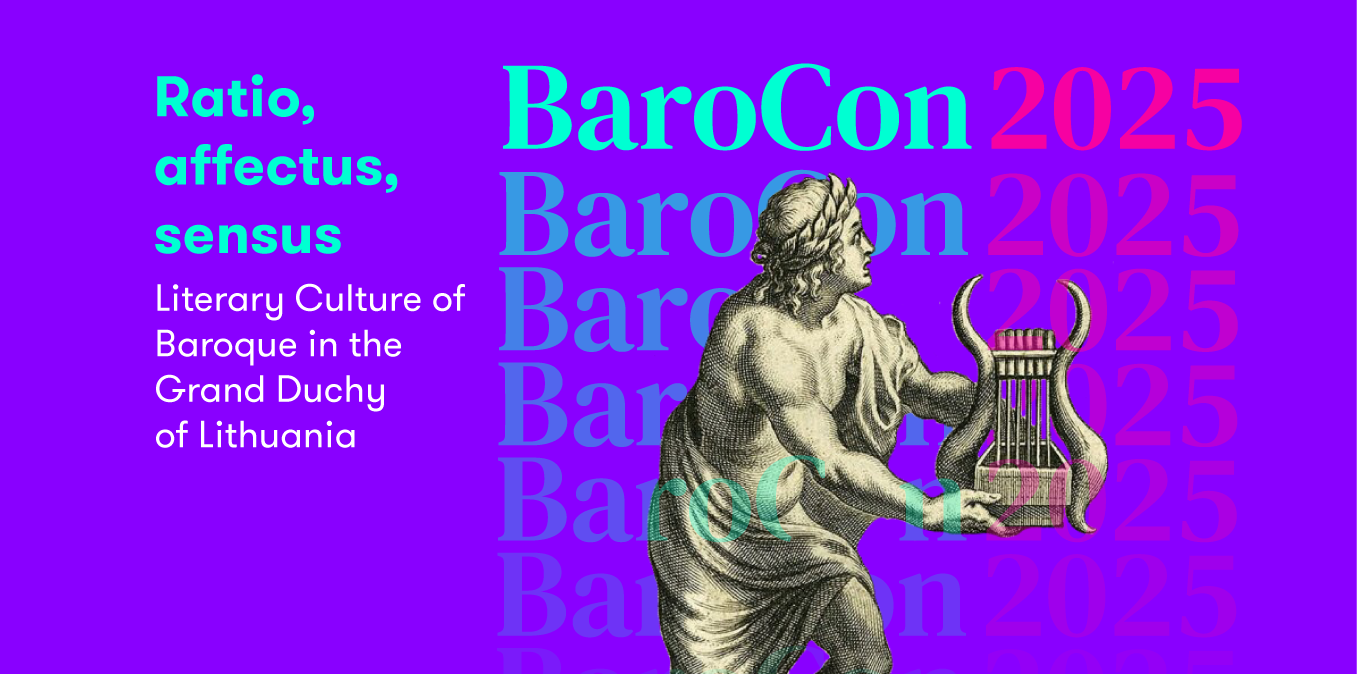
Beate Hintzen
Sensual Visualization in the Poetic Worship of God and Veneration of Saints by Motiejus Kazimieras Sarbievijus and in Paul Fleming’s 'Commemoration of the Dead'
Beate Hintzen
Rheinische Friedrich-Wilhelms-Universität Bonn
Sensual Visualization in the Poetic Worship of God and Veneration of Saints by Motiejus Kazimieras Sarbievijus and in Paul Fleming’s Commemoration of the Dead
Keywords: Sarbievijus, Fleming, epigrams, sense-appealing language, rhetoric
It cannot be determined which of the editions of Lyrica and Epigrammata published between 1625 and 1630 by the Jesuit Sarbievijus was used by the prominent Baroque poet Paul Fleming (*1609 near Leipzig, †1640 in Hamburg), a Lutheran. However, it is beyond doubt that Fleming received the Lithuanian poet’s works and adapted them in his own poetry, particularly in the poems written between 1630 and 1633. Epigrams that Sarbievijus composed in honor of Aloysius Gonzaga, who was beatified in 1605, and on Jesus played a special role for Fleming. These epigrams served as models for several of Fleming’s epicedes dedicated to his friend and fellow student, the Silesian poet Georg Gloger (*1603 in Habelschwerdt, †1631 in Leipzig), who died young. Gloger’s life bore several parallels to that of Aloysius Gonzaga. These epicedes are included, along with other poems – especially friendship poems – in a collection titled Manes Glogeriani. It aims to demonstrate that – transcending confessional boundaries – Fleming’s addresses to a deeply missed, deceased person are expressed in the same emotional and metaphorical, sense-appealing language as Sarbievijus’ addresses to saints, Jesus, and God. This emotionality and sensuality are often achieved through the rational means of rhetoric. Thus, another goal of this study is to reveal how the interplay of emotion, sensuality, and reason functions in the presented poems and, at the same time, to show the intellectual effort required of the recipient in decoding the metaphors and their combinations.